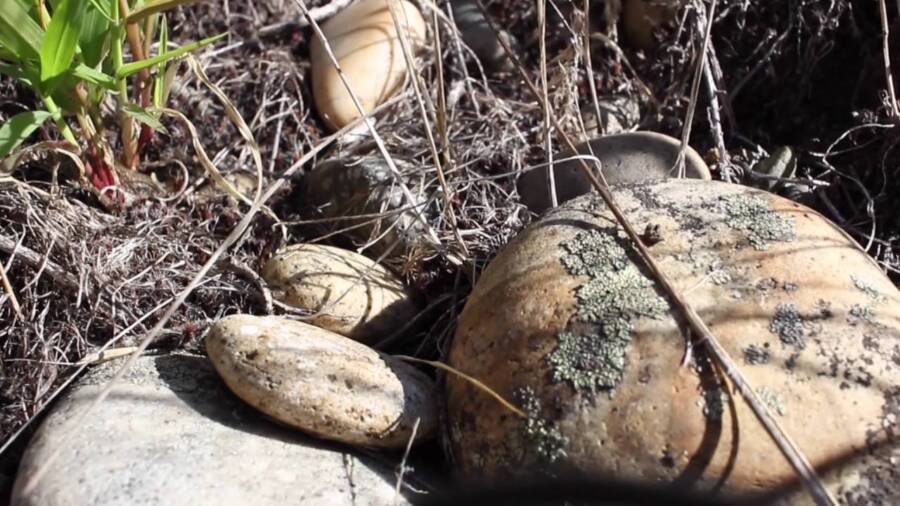Mystery Deepens: Idaho Artifacts Challenge What We Know About North America’s Earliest Inhabitants
“So one hypothesis is simply that you’re looking at the extension culturally of people that are bringing these ideas with them from northern Japan,” Davis said.
Scientists first believed that the ancient human settlers of North America and South America were the Clovis people, who arrived in the Americas about 13,000 years ago.
Cooper’s Ferry, which sits between the Rock Creek and the Lower Salmon River in western Idaho, was first excavated in the 1960s. According to oral histories from the local Nez Perce or Niimíipuu tribe, the site was once an ancient village called Nipéhe.
But later excavations across North and South America showed evidence of settlements that predated the Clovis people. One example is the archaeological site of Monte Verde in Chile which holds artifacts that date to between 14,000 and 19,000 years ago.
Scientists thus already knew that the early humans of America had arrived much earlier than what was previously believed. Now, they’re trying to figure out how much earlier it was.
This may prove more difficult than expected. Although the new study pegs the arrival of the ancient settlers in North America to be at least 3,000 years earlier than the original hypothesis, there are some who have their doubts about the latest findings.
John Hoffecker, for one, a fellow at the Institute of Arctic and Alpine Research at the University of Colorado and who was not part of the new study, believes that the paper’s authors have “exaggerated the results of the dating,” estimating that the earliest occupation of Cooper’s Ferry was likely much closer to 15,000 years ago.













Post Comment